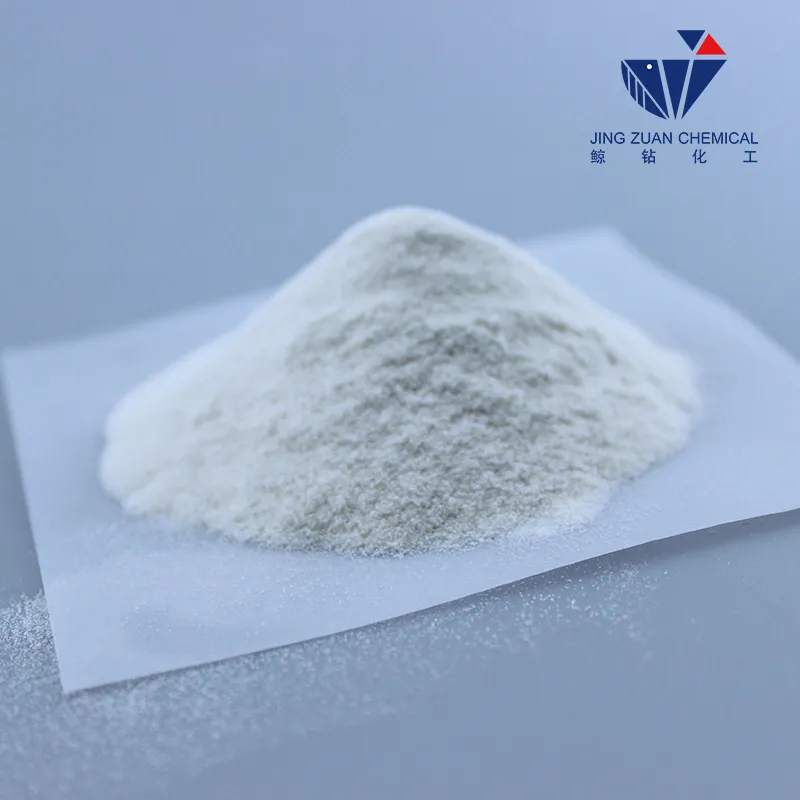
feb . 10, 2025 23:56 Back to list
HPMC


In the construction sector, HPMC’s importance is evident in its use in cement and mortar applications. Its exceptional water retention and workability improve mortar’s performance, enhancing the durability and finish of construction materials. Industry expert Mark Stevenson highlights, “The use of HPMC allows for extended open times and better adhesion in construction materials, making it an indispensable component in modern building techniques.” This leads to higher efficiency and cost-effectiveness, which is crucial in large scale construction projects where quality and time management are paramount. Moreover, environmental advocates appreciate HPMC for its sustainable properties. Being derived from renewable plant materials, it presents a greener alternative to synthetic polymers. Its biodegradability aligns with global sustainability goals, supporting industries in reducing their carbon footprint. Organizations are increasingly leaning towards eco-friendly materials, and HPMC serves as a beacon of sustainable innovation. Trust in HPMC’s safety is bolstered by extensive research and regulatory approvals. With robust safety profiles confirmed through rigorous testing, HPMC is recognized as safe for consumption and use by key regulatory bodies such as the FDA and EFSA. This endorsement assures consumers and manufacturers alike of its credibility and reliability across applications. As HPMC continues to shape product development across various industries, its impact is undeniable. With its versatile functionality, expert endorsements, and sustainability credentials, it bridges the gap between innovation and practicality, offering a new dimension of possibilities in product formulation. For businesses and consumers aiming to embrace multi-functional, efficient, and eco-conscious solutions, HPMC rightly earns its place as a cornerstone of technological and environmental progress. Embracing Hydroxypropyl Methyl Cellulose is not merely adopting an ingredient; it is incorporating a paradigm shift that fulfills the demands of tomorrow’s products today.
-
Unlocking the Benefits of HPMC Products: A Gateway to Versatile Applications
NewsAug.07,2025
-
Unleashing the Potential of HPMC Ashland: A Comprehensive Look
NewsAug.07,2025
-
Tile Bonding Cellulose: The Key to Superior Adhesion and Durability
NewsAug.07,2025
-
Hydroxypropyl Methylcellulose Powder: The Versatile Component in Modern Pharmaceuticals
NewsAug.07,2025
-
Hydroxyethyl Cellulose: The Versatile Solution for Various Industries
NewsAug.07,2025
-
Hydroxyethyl Cellulose (HEC): The Versatile Polymer for Various Applications
NewsAug.07,2025







